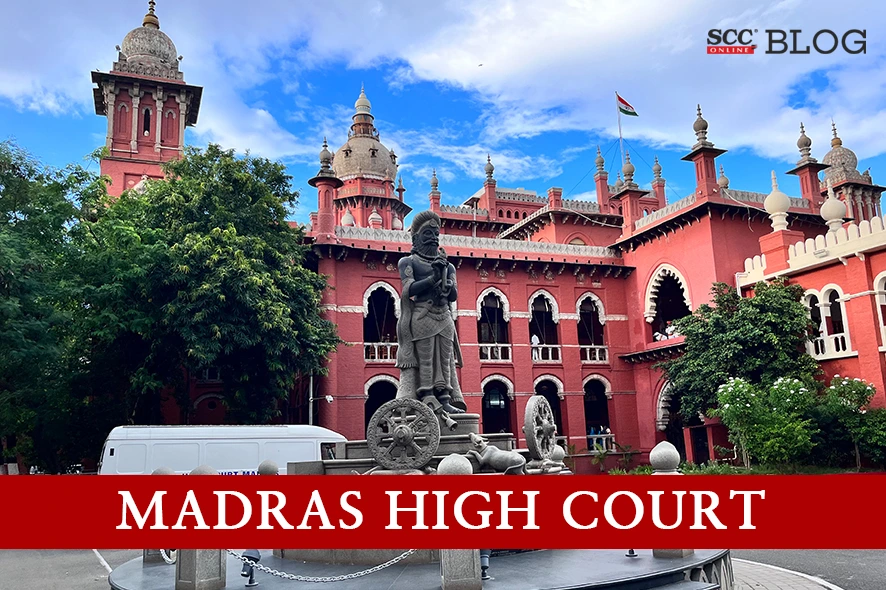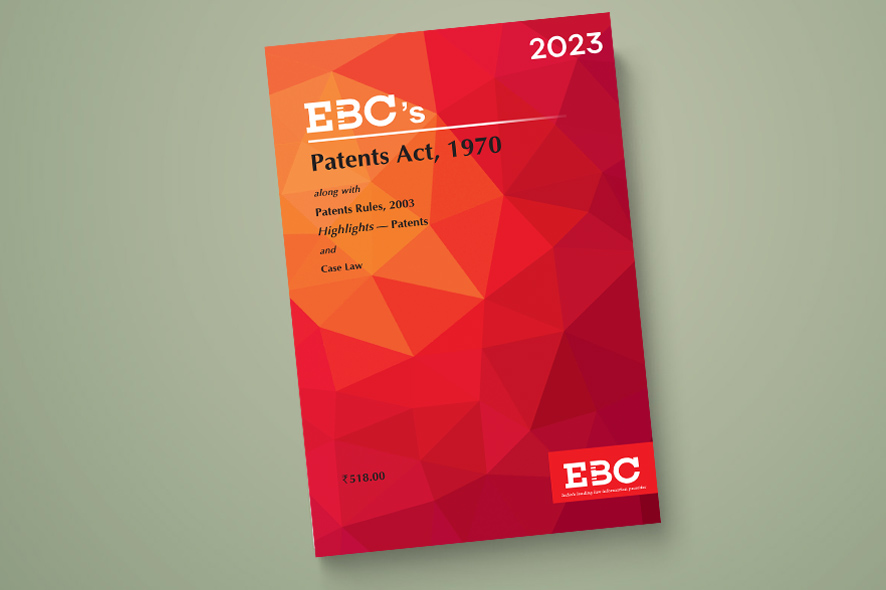Madras High Court: In a transfer civil miscellaneous appeal (Patents) filed under Section 117-A read with Section 15 of the Patents Act, 1970, praying to reverse the order of the Controller General of Patents, Designs & Trade marks (‘Controller’) dated 06-10-2020 and to grant the patent in favour of the appellant, Senthilkumar Ramamoorthy, J. while setting aside the impugned order, held that the appellant did not intend to circumvent the requirements of Section 39 and that there is credibility in the assertion of bona fide belief that permission under Section 39 was not necessary. It found that appellant’s breach was technical rather than substantive. Furthermore, the matter has been remanded for reconsideration, and the Controller has the authority to impose terms on the appellant for procedural breaches under Rule 137 of the Patents Rules 2003 or any other relevant provision.
Background:
In this case, the appellant challenged an order rejecting patent application on the ground of contravention of Section 39 of the Patents Act, 1970. The appellant first filed patent application in the Indian Patent Office in respect of the parent invention. Thereafter, the parent application was filed as a PCT application, and the patent was granted by the US Patent Office. When the appellant decided to file an application for a patent of addition, such application was first filed in the US Patent Office without applying for and obtaining permission under Section 39 of the Patents Act. After obtaining the US patent for the Continuation-in-Part (CIP), which is equivalent to a patent of addition under Indian law, the present application was filed before the Indian Patent Office. On the ground that the patent applicant contravened Section 39 of the Patents Act, the application was deemed to be abandoned under Section 40 thereof. Thus, the present appeal was filed.
Issues and Analysis:
Whether the expression “any application for the grant of a patent for an invention” in sub-section (1) of Section 39 would apply to a patent of addition.
The Court took note of Section 39, which provides that residents cannot apply for patents outside India without prior permission. The Court noted that prior to amendment by the 2005 Amendment Act, Section 39 was restricted in scope to applications outside India for the grant of patent for an invention relevant for defence purposes or related to atomic energy. By virtue of the amendment, the provision has been made applicable to inventions in all fields, provided the applicant for the grant of patent is a resident of India.
The Court took note of Sections 54 – 56 of the Patents Act, which deal with patents of addition, and said that a patent of addition is linked to the parent or main invention in multiple ways. The application for grant of a patent of addition cannot be filed earlier than the date of filing of the application for grant of patent for the main invention; it cannot be granted before grant of the patent for the main invention; the term of the patent of addition shall not exceed that of the main invention, even if granted later than the main invention; and the complete specification of the main invention shall be taken into account to determine novelty of the claim for a patent of addition.
The Court said that, in the present case, the application for grant of patent for the parent invention was first filed in India, thus, it held that the appellant did not intend to circumvent the requirements of Section 39 and that there is credibility in the assertion of bona fide belief that permission under Section 39 was not necessary.
However, the Court said that notwithstanding such strong links, both sub-sections (1) and (2) of Section 54 and the proviso to sub-section (1) of Section 55 indicate that the invention forming the subject of a patent of addition is capable of being patented independently. The nature of a patent of addition, i.e. involving an improvement in or modification of the parent or main invention, would invariably require additional disclosures to those contained in the complete specification of the main invention. Thus, the reasoning of the Controller in the impugned order in support of the conclusion that a patent of addition stands on a different footing from a divisional application is sound and cannot be faulted.
Whether the omission of the appellant falls within the scope of the expression “contravention of Section 39” in Section 40?
The Court took note of Section 40, which provides that an application for grant of patent outside India, if made in contravention of Section 39, would result in the application for patent under this Act being deemed to be abandoned. It also provides that the patent, if granted in those circumstances, shall be liable to be revoked under Section 64. Originally, Section 40 only applied to a contravention of directions as to secrecy under Section 35.
The Court said that when the scope of Section 39 was expanded, Section 40 was not amended. The words “contravention of Section 39” in Section 40 are intended to apply to situations where there was a clear breach of the written permit requirement in respect of inventions in all fields, including, in the specific context of inventions relevant for defence purposes or atomic energy, the requirement of prior consent of the Central Government. Because Section 40 deals with substantive infractions of Section 39, by legal fiction, drastic consequences for such infractions are prescribed.
Further, it said that a legal fiction, such as the fiction incorporated in Section 40, is intended to serve a particular purpose. The purpose is to prescribe the consequences of a clear breach of Section 39, as opposed to procedural irregularities, and the scope thereof should not be extended beyond such purpose. Thus, while referring to Bengal Immunity Co. Ltd. v. State of Bihar, 1955 SCC OnLine SC 2 and Mancheri Puthusseri Ahmed v. Kuthiravattam Estate Receiver, (1996) 6 SCC 185, the Court said that the breach committed by the appellant would, at worst, qualify as a technical breach, but would not trigger the deemed abandonment under Section 40 of the Patents Act.
Thus, the Court set aside the impugned order, and remanded the application for reconsideration. Further, allowed the Controller to impose terms on the appellant in respect of the procedural violation by taking recourse to Rule 137 of the Patents Rules 2003 or any other applicable provision. It also directed the Controller to dispose of the application for a patent of addition within a period of four months.
[Selfdot Technologies (OPC) Pvt Ltd v Controller General of Patents, Designs & Trade Marks, 2023 SCC OnLine Mad 7520, decided on 28-11-2023]
Advocates who appeared in this case :
For Appellant: Advocate Ramesh Ganapathy
For Respondent: SPC M..Karthikeyan








